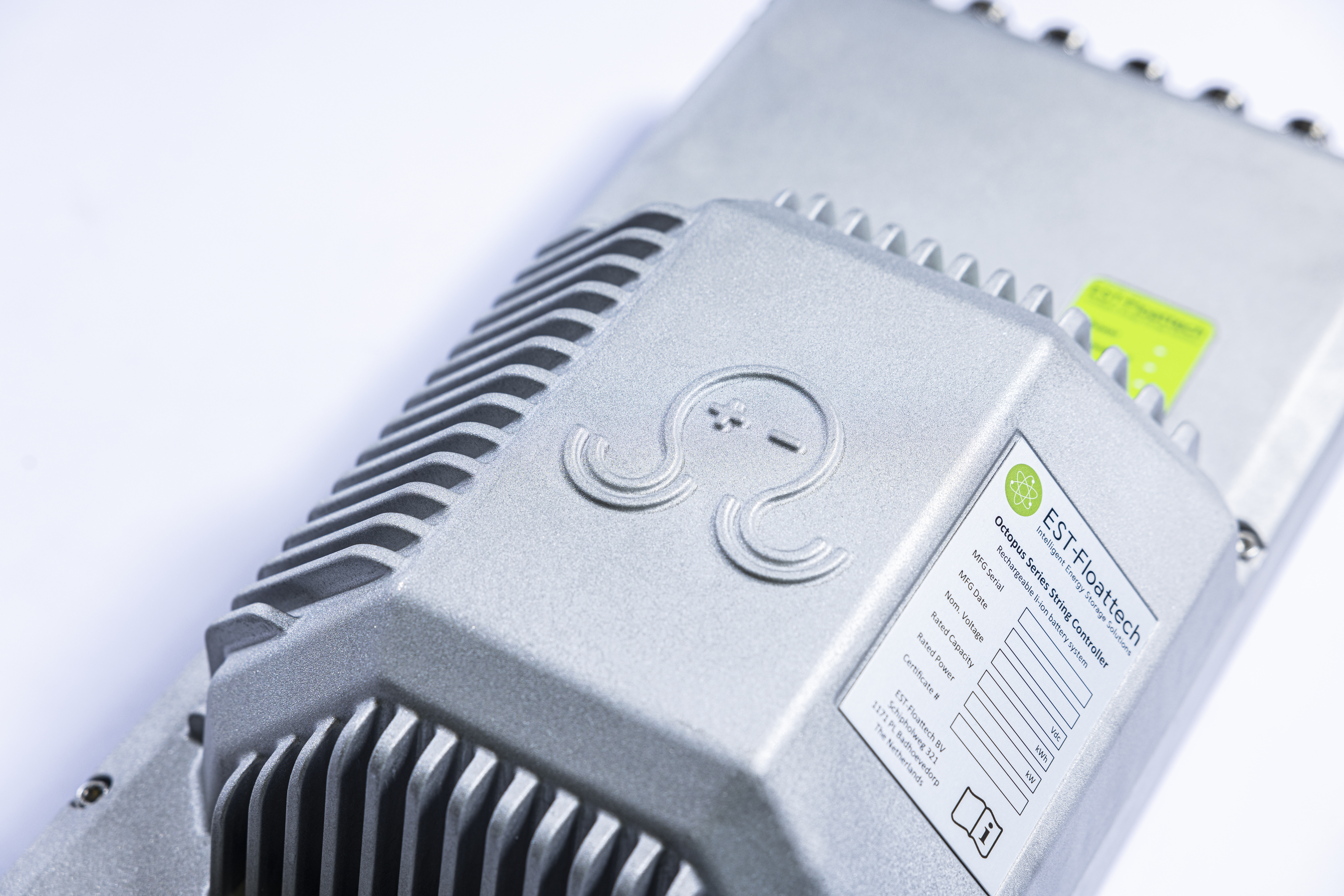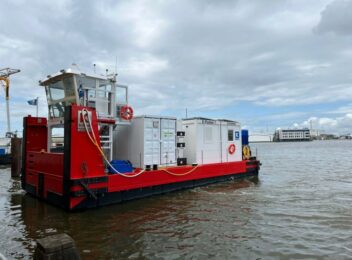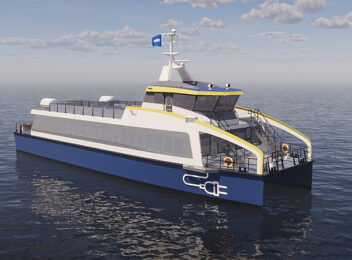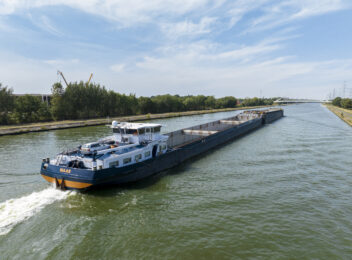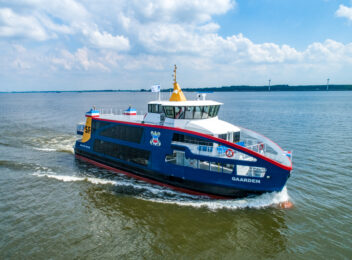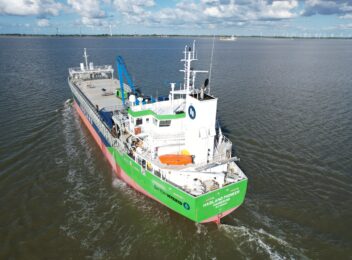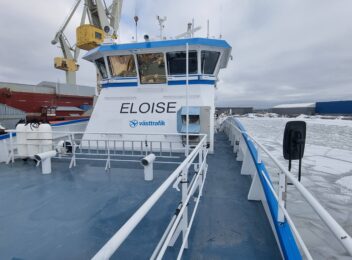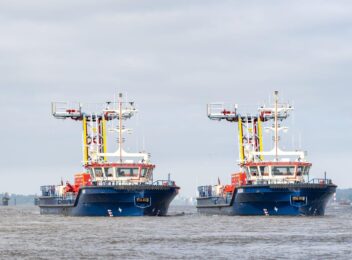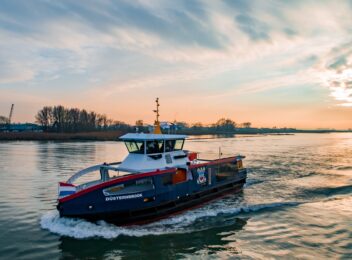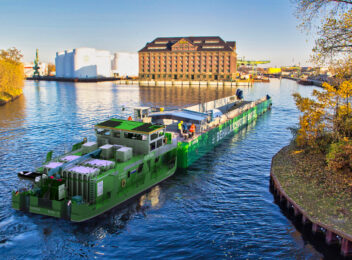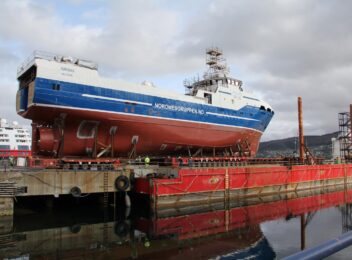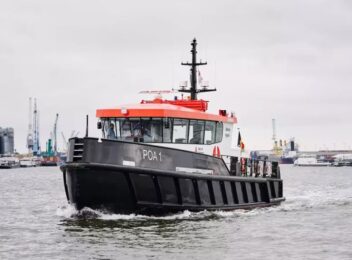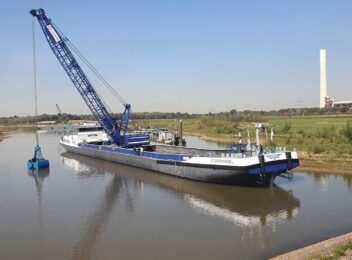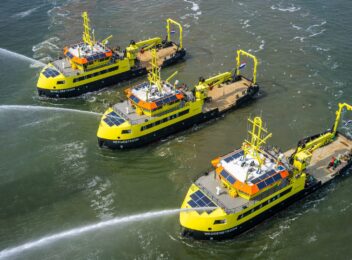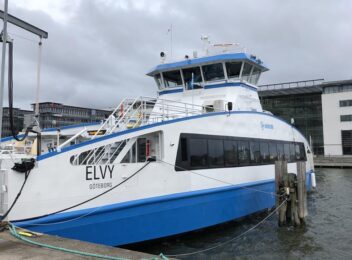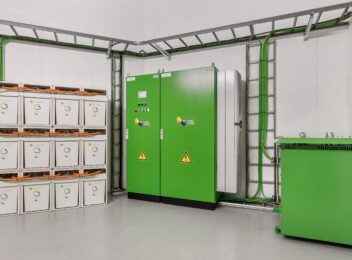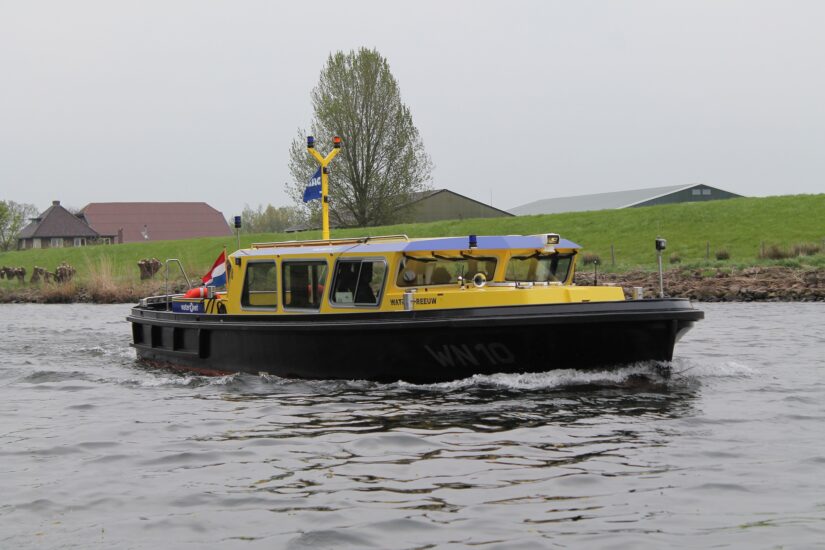
End user
Rijkswaterstaat
Shipyard
Damen Shipyards Hardinxveld
System integrator
Floattech
Market
Defense and Security
Country
The Netherlands
Year of realization
Battery solution
Green Orca
Application
Hybrid capacity 136,5 kWh
EST-FLoattech supplies WN-10, “Waterspreeuw” with batteries
“WN 10”, designed and constructed for Waternet (the Water Network Foundation). The most striking features of this hybrid patrol vessel are that it is clean, quiet, and can sail under Amsterdam’s bridges along the through routes. The “Waterspreeuw” – meaning “Dipper” in English. By choosing a hybrid, multifunctional vessel, Waternet is taking the lead in reducing emissions from vessels within the municipality of Amsterdam. The Waterspreeuw will be used for inspections and patrols, and for enforcing various legislation and rules in Amsterdam’s canals and other waters.
Floattech designed for this vessel an integrated electrical system with batteries of ESTechnologies.
The Waterspreeuw can be powered entirely by electricity with a 130 kW electrically driven rudder propeller. ESTechnologies supplied 13 lithium polymer batteries for the drive system, providing enough electric power for at least 6 hours at an average cruising speed of 10 km/h. emissions set by the Central Commission for the Navigation of the Rhine. This means that the engine easily complies The Waterspreeuw has a top speed of 16 km/h; using the batteries alone, it can hold that speed for an hour. The engine provides additional capacity when necessary but basically the intention is for the vessel to operate on electric power. The Waterspreeuw is being supplied with a Zone 3 certificate issued by the Human Environment and Transport Inspectorate (ILT)
The large battery bank of ESTechnologies was planned in the wheelhouse, under the floor. The regulations of the Human Environment and Transport Inspectorate (ILT) were mainly based on Lead-Acid battery technology. When charging Lead- Acid batteries, hydrogen is released by the batteries. As hydrogen is a highly explosive gas, the battery room needs normally to be ventilated. In this vessel, that wasn’t possible. DNV/KEMA made a report and herewith ESTechnologies was able to convince ILT that the batteries used in this system are not gaseous while being charged and that the overcharge protecting ensures safe operation at all times.
The heart of the system consists of 13 in series connected EST 1050 Lithium Polymer batteries. These batteries have a total capacity of 136,5 kWh.
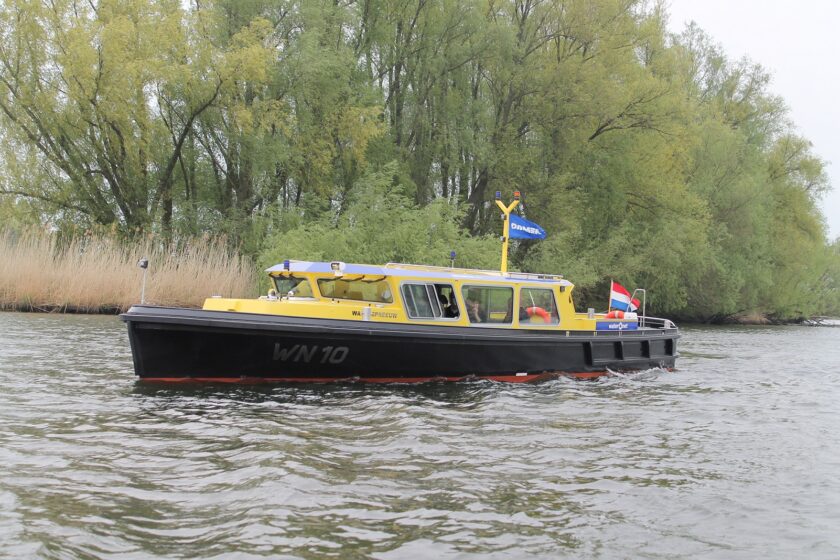
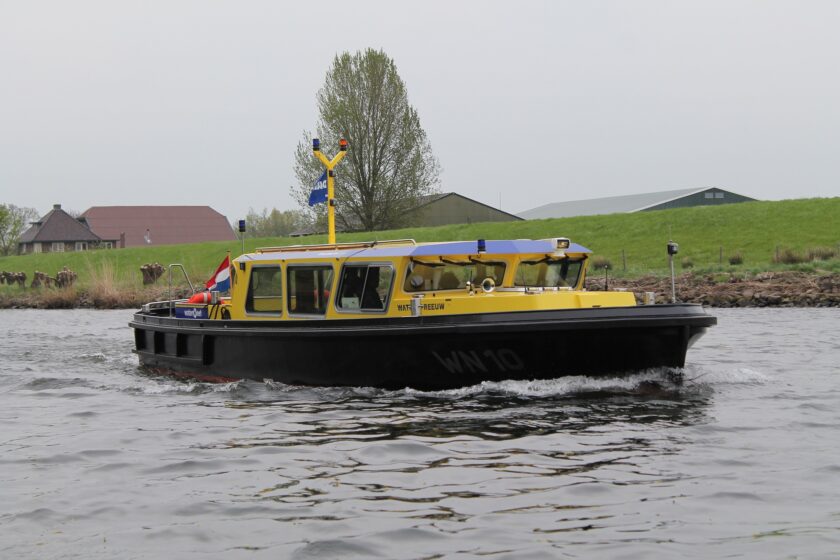
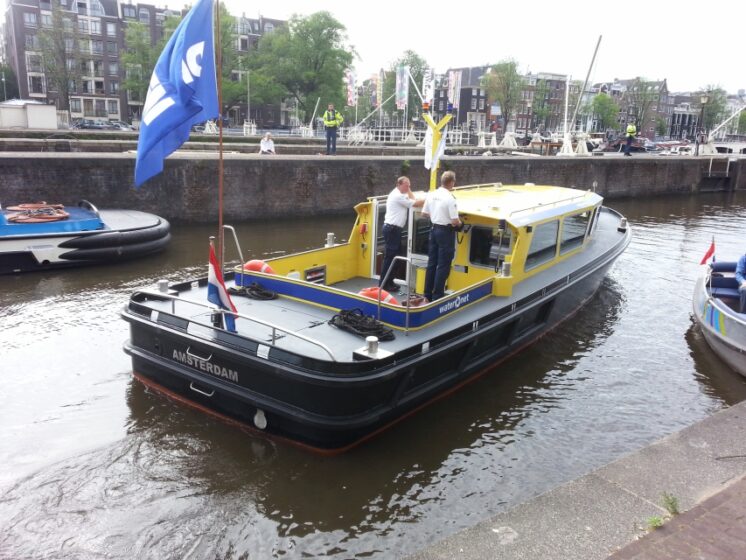
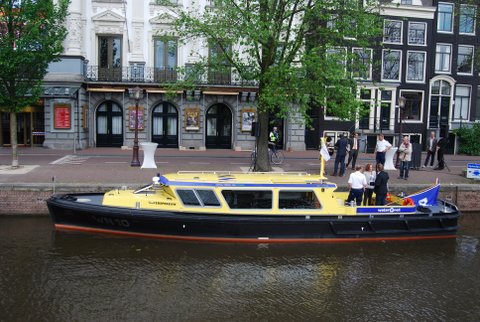
Other projects that may interest you
Do you want to know more about our battery systems?
Our team is happy to help and answer all your questions
